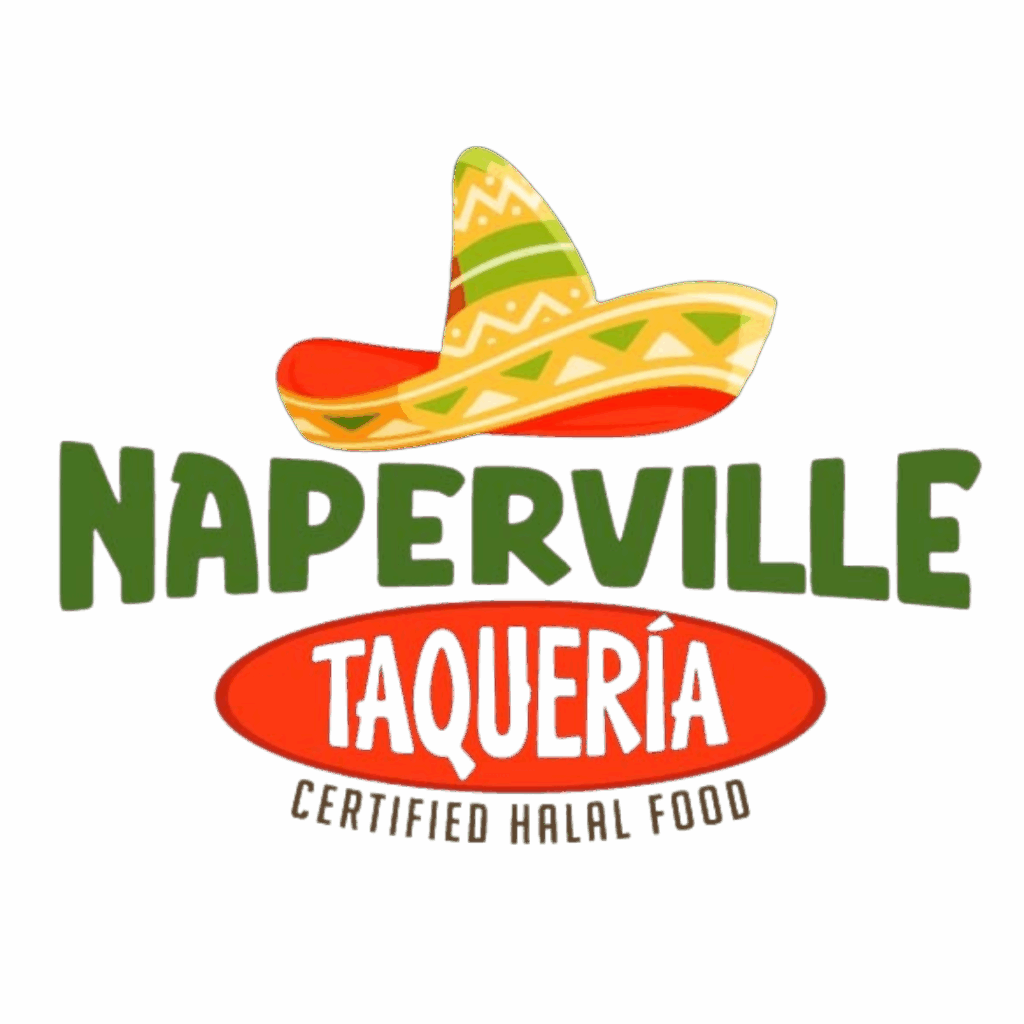Tacos, once a humble street food in Mexico, have transformed into a global culinary sensation. Their rich history and adaptability have allowed tacos to transcend borders, blending traditional Mexican flavors with local tastes around the world. Let’s explore how this iconic dish evolved from its roots in Mexico to become a global favorite.
The Traditional Beginnings of Tacos in Mexico
Tacos have deep roots in Mexican culture, dating back to pre-Hispanic times when indigenous people used corn tortillas to wrap local ingredients like beans, fish, and game. This early version of tacos was a practical, nutritious meal that could be eaten on the go. As Mexican street vendors began selling tacos in urban areas, particularly in the 19th and 20th centuries, tacos became a staple of Mexican street food culture. They were beloved for their affordability and versatility, with vendors incorporating a variety of regional ingredients and cooking techniques.
Influence of Spanish Colonization on Tacos
The arrival of the Spanish in Mexico introduced new ingredients, particularly meats like pork, beef, and chicken, which greatly influenced taco fillings. These new additions merged with traditional Mexican flavors, resulting in the modern taco we know today. The combination of indigenous cooking methods and Spanish influences created a dish that was not only delicious but also reflective of Mexico’s rich cultural history. This blending of flavors and techniques helped shape tacos into a dish that resonated with people across regions.
From Mexican Streets to American Tables
The migration of Mexican families to the United States in the 20th century played a pivotal role in spreading the popularity of tacos. Mexican immigrants brought their traditional food with them, and soon, tacos became popular in American cities. As they gained popularity, tacos adapted to local tastes, leading to the development of variations like the Tex-Mex taco, which often includes ingredients such as cheddar cheese, lettuce, and sour cream. Despite these regional adaptations, the core essence of tacos remained true to their Mexican origins.
The Globalization of Tacos
Today, tacos are enjoyed around the world, from food trucks in New York City to high-end restaurants in Tokyo. The dish’s versatility allows it to be easily customized with local flavors while still honoring its Mexican roots. Chefs and home cooks alike have embraced tacos, experimenting with fillings from Korean barbecue to Indian curry. This global appeal has elevated tacos from street food to a beloved international dish, showcasing how Mexican culinary traditions have influenced the world.
From their beginnings as a simple street food in Mexico to their rise as a global culinary favorite, tacos have undergone a remarkable evolution. Yet at their heart, tacos remain a symbol of Mexican culture—delicious, adaptable, and beloved by food lovers everywhere.
Learn More
Tracing the Roots: The Ancient Origins of Tacos in Mexican Culture







